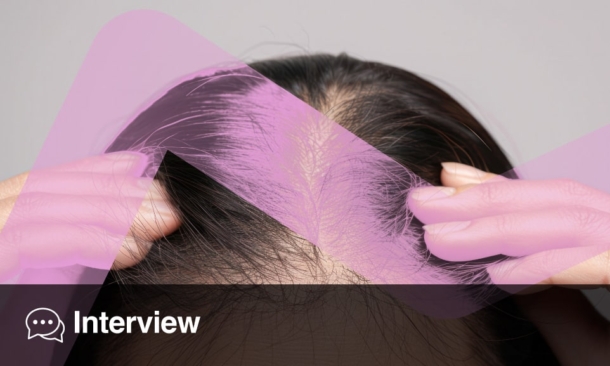BACKGROUND
Since December 2019, the new severe acute respiratory syndrome coronavirus-2 (SARS-CoV-2) from Wuhan, China, has been the aetiological agent of COVID-19 disease, an infectious disease that has evolved into a global pandemic.1 Androgenetic alopecia (AGA), the most common type of alopecia,2 is an androgen-dependent condition, the main androgen responsible for the follicular pathology being dihydrotestosterone.3
MATERIALS AND METHODS
The authors reviewed nine articles studying the high rates of AGA in patients hospitalised with severe forms of COVID-19 that have been published in the last year. The multifaceted nature of this disease has been an incentive for many medical specialties to try to uncover its mechanisms, and dermatology is playing a part in this journey. The authors summarised the information they gathered on the topic and obtained the following results.
RESULTS
Recent studies suggest that males with AGA have a disproportionate risk relative to females of developing severe, symptomatic forms of COVID-19 through an androgen-mediated vulnerability to SARS-CoV-2.4-6 Sensitivity to androgen hormones is determined by genetic variants of the androgen receptor (AR). X-linked genetic polymorphisms that have been associated with androgenetic alopecia, benign prostatic hyperplasia, prostate cancer,7 and polycystic ovary syndrome8 may be responsible for an increase in host susceptibility, with AR being the only known promoter of transmembrane protease serine 2 (TMPRSS2). TMPRSS2 is an enzyme involved in SARS-CoV-2 infectivity by initiating the virus’ spike protein, a key step in viral replication and cell–virus fusion.5 In addition to theoretical molecular and epidemiological mechanisms, several studies have reported high rates of androgenetic alopecia in patients hospitalised with severe forms of COVID-19.2,4-6,9,10
CONCLUSION
The mechanism of regulation of TMPRSS2 by androgen hormones may explain the increased susceptibility of males to COVID-19. This pathophysiological process can also motivate the less symptomatic forms of children, given their reduced AR expression.5 The investigation of the potential association between androgens and the severity of COVID-19 disease is justified in view of evaluating androgen suppression therapy as a potential treatment for COVID-19 infection







